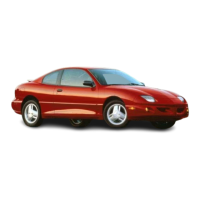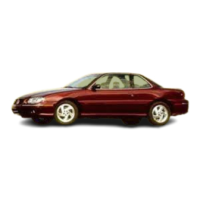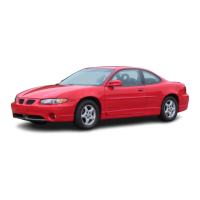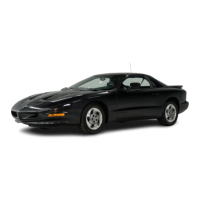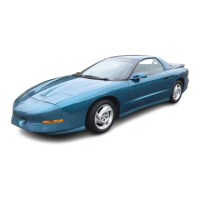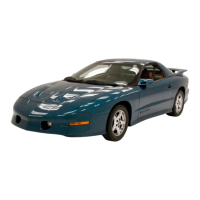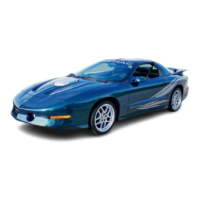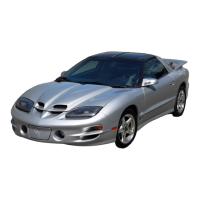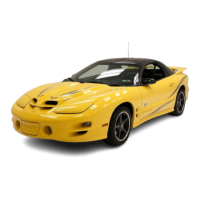Inflation
--
Tire
Pressure
The Tire-Loading Information label, which is
on
the
driver’s door,
shows
the correct inflation pressures for
your tires when they’re cold. “Cold” means your vehicle
has been sitting for at least three hours or driven
no
more than
1
mile
(
1.6
km).
If you’ll be driving at speeds higher than
100
mph
(160
kdh)
where
it
is legal, raise the cold inflation
pressure
of
each tire to
35
psi
(240
kPa).
When you
end this very high-speed driving, reduce the
cold
inflation pressures to those listed on the Tire-Loading
Information label.
NOTICE:
Don’t let anyone tell you that underinflation
or
overinflation is all right. It’s not.
If
your tires
don’t have enough air (underinflation), you can
get the following:
Too much flexing
0
Too
much heat
0
Tire overloading
0
Bad wear
0
Bad
handling
0
B,ad fuel economy.
If
your tires have too much air (overinflation),
you can get the following:
0
Unusual wear
0
Bad handling
Rough
ride
0
Needless damage from road hazards.
6-50
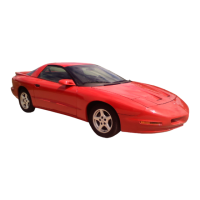
